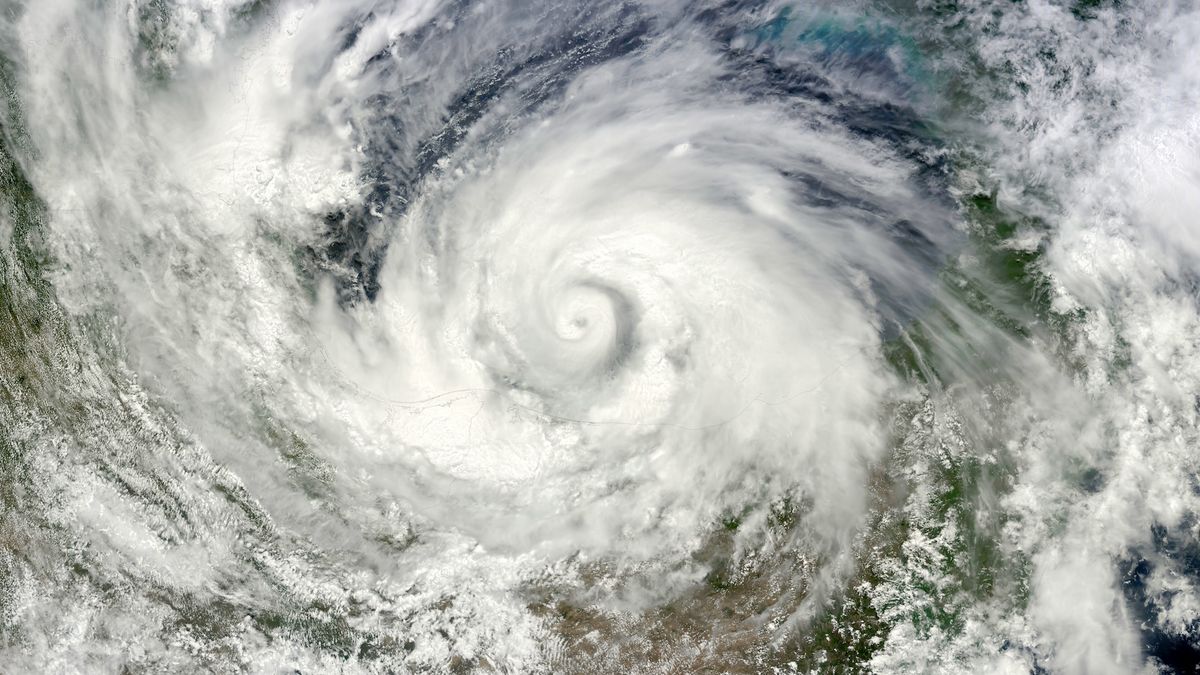
Meteorologists had expected La Niña climate conditions to develop in 2024, but recent data indicate that the phenomenon has not materialized as anticipated. The development—or lack thereof—of La Niña plays a crucial role in shaping weather patterns across the globe, especially the Atlantic hurricane season.
Typically, La Niña brings cooler-than-average sea surface temperatures to the central and eastern Pacific Ocean, which tends to decrease wind shear in the Atlantic basin. This reduction in wind shear often results in more frequent and intense hurricanes. In contrast, the El Niño phase—marked by warmer Pacific waters—can suppress hurricane activity by increasing wind shear.
The delay or potential absence of La Niña in 2024 adds uncertainty to current hurricane forecasts. While earlier predictions had leaned toward a highly active season due to expected La Niña conditions, forecasters are now reevaluating those models in light of recent observations.
Beyond immediate weather impacts, the shifting behavior of these climate patterns raises important questions about the influence of long-term climate change. Some scientists suggest that global warming could be affecting the frequency, intensity, or duration of El Niño and La Niña events, although more research is needed to confirm these connections.
As meteorologists continue to monitor the ENSO (El Niño–Southern Oscillation) system, understanding how these patterns evolve in a warming world will be critical for accurate climate modeling and natural disaster preparedness.
Source: https:// – Courtesy of the original publisher.






